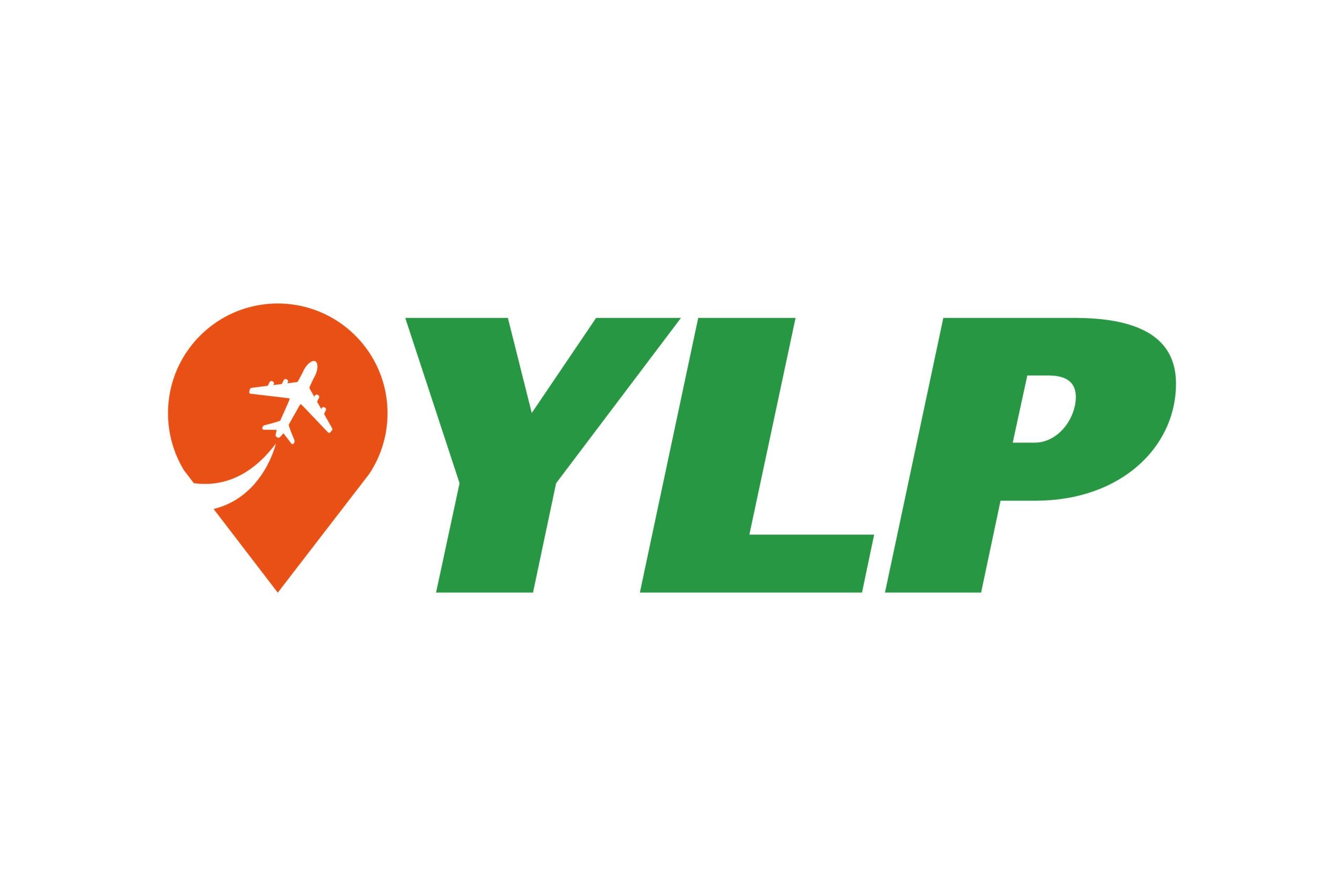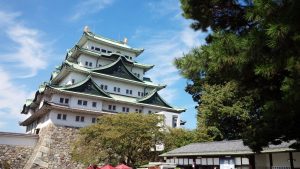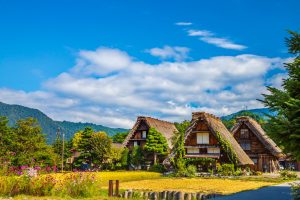Ise jingu
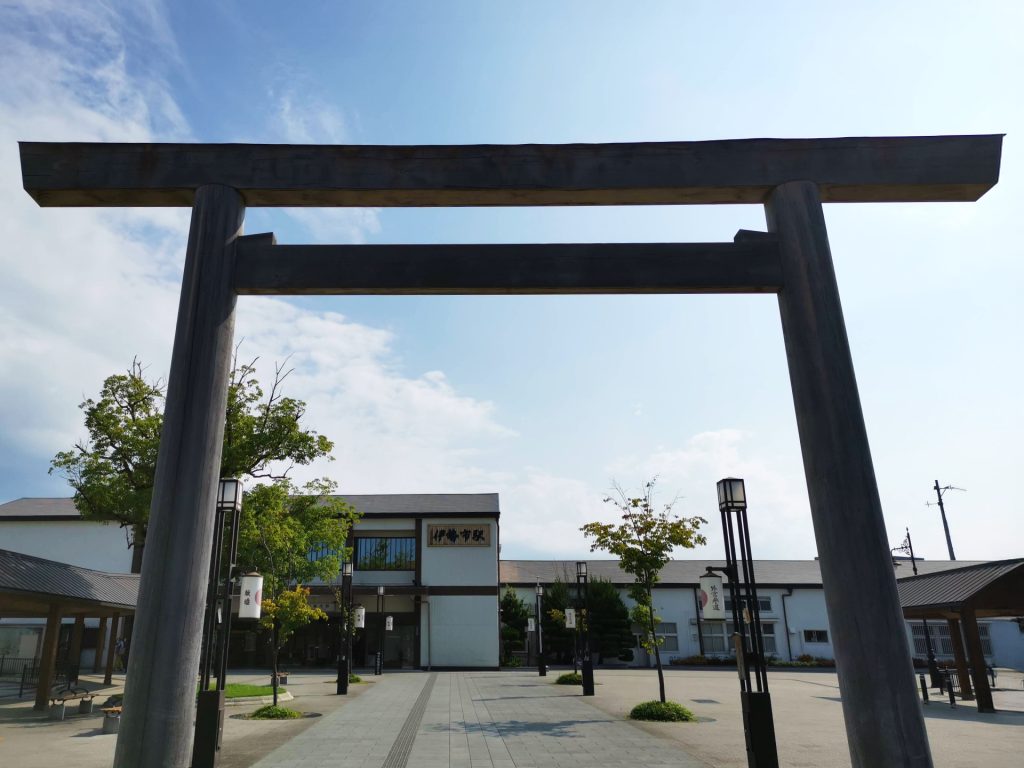
History of Ise Jingu
Officially known simply as “Jingu,” Ise Jingu is Japan’s most important Shinto shrine, dedicated to Amaterasu-Omikami, the sun goddess who is said to have created Japan. Affectionately called “O-Ise-san,” it is a sacred place that the vast majority of Japanese people visit at least once in their lifetime. The main sanctuary enshrines the Yata-no-Kagami (Sacred Mirror), and even the Emperor of Japan is not permitted to enter this most sacred area.
More than 2,000 years ago, before the Common Era, Amaterasu-Omikami was originally enshrined in the Imperial Palace, the residence of the Emperor. However, it was considered too awe-inspiring to worship the deity so close to the Imperial residence, and thus she was moved to Ise. This is said to mark the origin of Ise Jingu. The first Shikinen Sengu (ceremonial rebuilding) was held in 690 CE. With only a few interruptions, the tradition has continued for over 1,300 years. Beginning in 2025, the 63rd Shikinen Sengu will take place.
About the Shikinen Sengu
The Shikinen Sengu is a ritual held once every 20 years in which the deity is ceremonially transferred to a newly built sanctuary. The purpose is to maintain freshness and purity, ensuring that the deity resides in a beautiful and pristine shrine.
Highlights of Ise Jingu
- When passing through Uji Bridge and the torii gate at the entrance to the Inner Shrine, it is customary for Japanese visitors to bow and feel a sense of solemnity.
- We encourage you to experience this atmosphere, which is said to purify both body and spirit.
- About a 10-minute walk after crossing Uji Bridge, you will find a temizuya (purification pavilion).
- It is proper etiquette to cleanse your hands before worship. You can also purify your hands at the Isuzu River Mitaraishi, a riverside area for ritual cleansing. The stone paving used here is believed to have been donated nearly 400 years ago.
- After purifying yourself, walk for another 10 minutes to reach the Main Sanctuary, where you will worship Amaterasu-Omikami.
- Please note that photography and video recording are prohibited beyond the stone steps, as this is a sacred space.
- After your visit, stroll over to Okage Yokocho to enjoy a meal and pick up souvenirs.
- Long-loved local dishes such as Ise Udon and Tekone-zushi have been served since the Edo period and offer gentle flavors to soothe your body after the pilgrimage.
| Month | Recommendation | Highlights |
|---|---|---|
| January | ⭐ | Extremely crowded during the first three days of the New Year. Best to avoid at least 1/1–1/5 |
| February | ⭐⭐ | Very cold but rarely any snow. Consider yourself lucky if you see a snowy scene |
| March | ⭐⭐⭐ | Cherry blossoms begin blooming late in the month. Full bloom extends into April |
| April | ⭐⭐⭐⭐⭐ | Cherry blossoms are in full bloom and you can enjoy hanami while worshipping at the shrine |
| May | ⭐⭐⭐ | Golden Week is extremely crowded. Mid to late May is best for visiting |
| June | ⭐⭐ | Rainy-day visits have their own charm, but it’s not ideal for strolling around Okage Yokocho |
| July | ⭐⭐⭐⭐ | Rain continues, but the Dedication Fireworks Festival held mid-month makes it lively |
| August | ⭐ | Extremely hot yet still crowded with tourists. Heatstroke precautions are essential |
| September | ⭐⭐⭐ | Many holidays cause crowds, but late September is cooler and easier for worship |
| October | ⭐⭐⭐⭐⭐ | Stable weather offers perfect days for worship. Strolling Okage Yokocho is also pleasant |
| November | ⭐⭐⭐⭐ | The autumn foliage on the shrine grounds is beautiful. Mornings and evenings are chilly, so dress warmly |
| December | ⭐⭐ | You can enjoy autumn leaves in early December, but visitor numbers increase toward the year’s end |
How to Enjoy Ise Jingu – Recommended Route
1) Depart from Nagoya or your accommodation in Ise-Shima
It’s best to visit Ise Jingu either as a day trip from Nagoya or after staying at a ryokan (traditional inn) in the Ise-Shima area.
Ryokans in Ise-Shima serve delicious fresh seafood, making your journey even more enjoyable.


2) Visit Ise Jingu (Approx. 40 minutes)
After breakfast, head straight to Ise Jingu. It takes about 90 minutes from Nagoya or 30 minutes from the Ise-Shima area.
Passing through the torii gate and crossing Uji Bridge brings you to the Inner Shrine. Before entering the torii gate, bow once. When walking along the approach, including the bridge, keep to the sides rather than the center.
Note: Bowing is an act of showing respect to the deity and the shrine. The center of the approach is considered the path of the deity.


3) Okage Yokocho (Approx. 90 minutes, including meal)
After visiting the shrine, enjoy lunch and shopping at Okage Yokocho. Strolling around and sampling street food is also part of the fun.
Buildings near Ise Jingu are subject to various restrictions on construction methods and approved colors, reflecting a respect for history.



4) Meoto Iwa (Approx. 30 minutes)
Since Meoto Iwa (the “Wedded Rocks”) is nearby, stop by on your way back from Ise Jingu.
The two rocks, standing side by side like a loving couple, are said to bring good relationships and marital harmony.
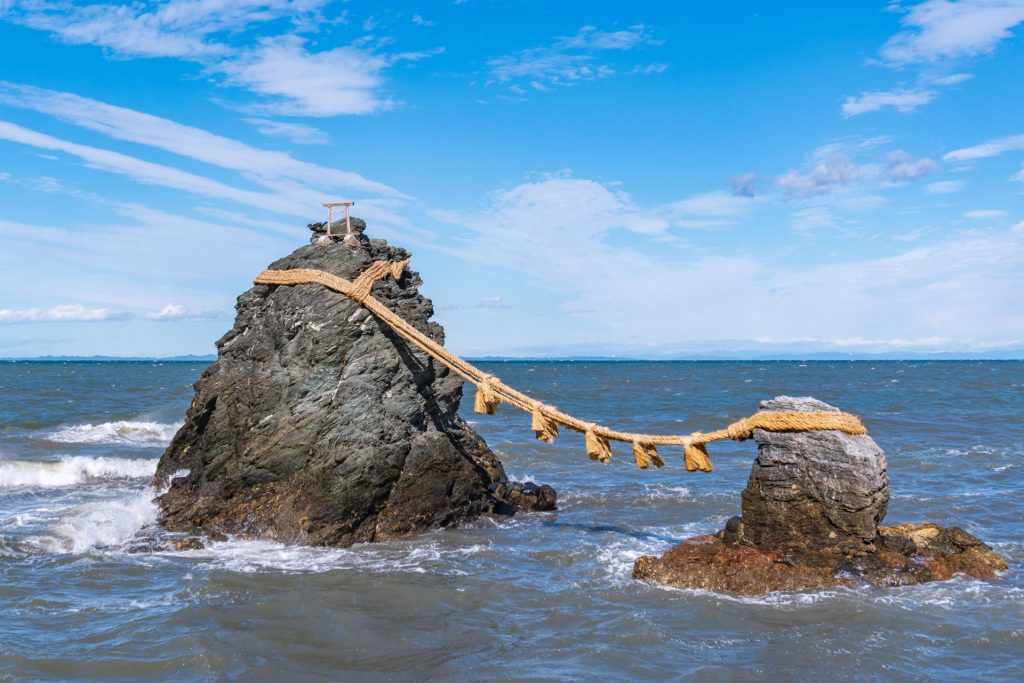
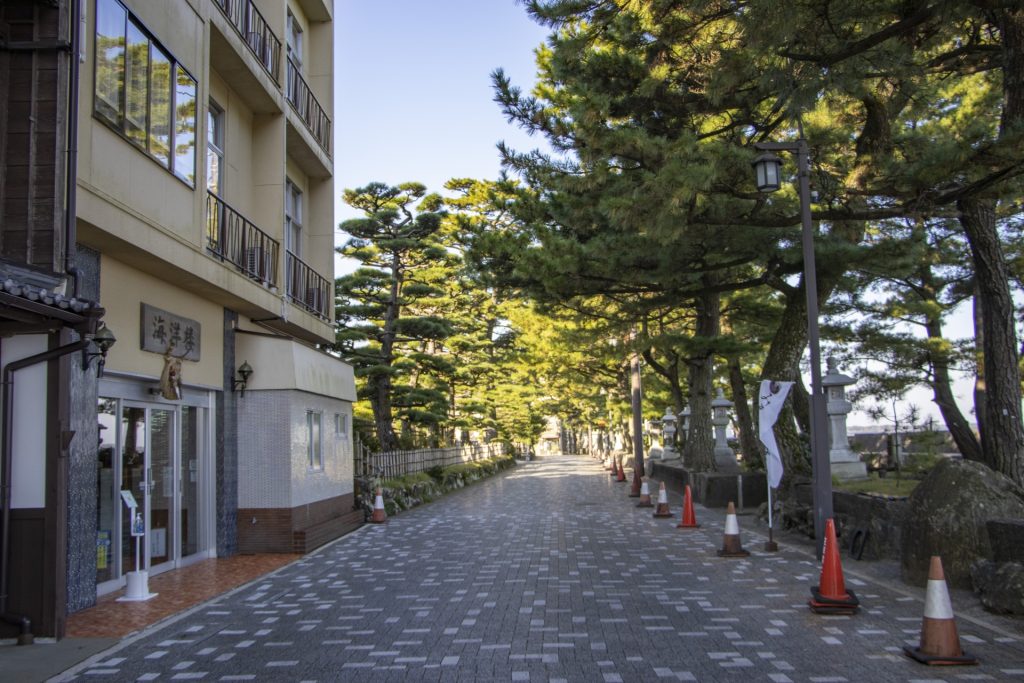
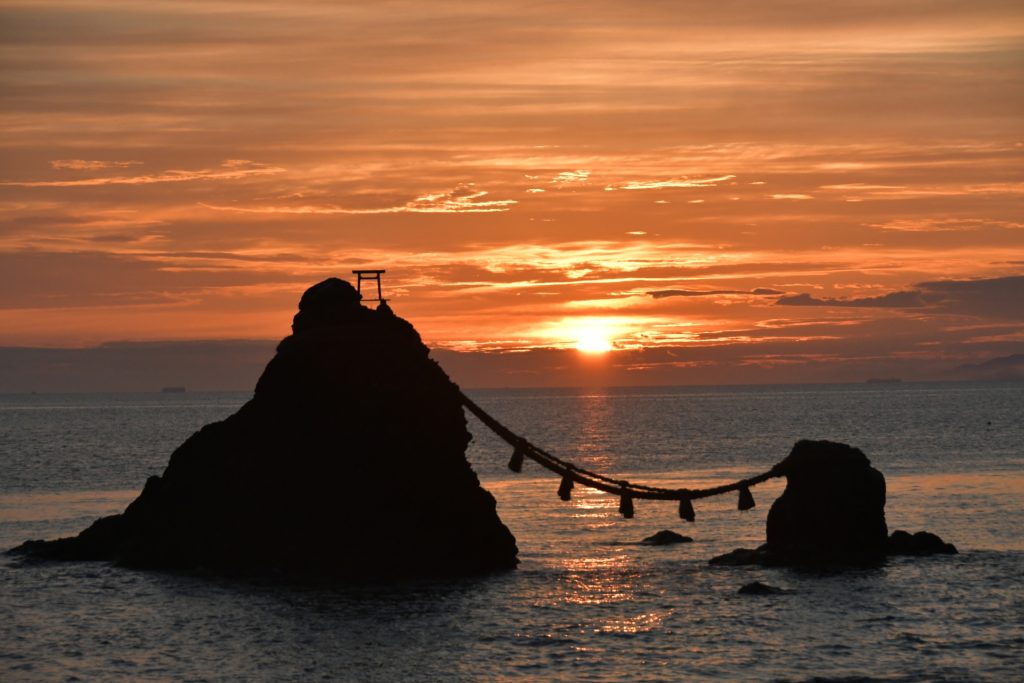
5) Nearby Sightseeing
Mie Prefecture offers a wealth of attractions, including Nagashima Spa Land, one of Asia’s largest amusement parks!
Spend the afternoon enjoying the rides and entertainment to your heart’s content.




When it was completed in 2000, this thrill coaster was recognized by Guinness World Records in four categories: length, height, drop, and speed.

Nagashima’s newest roller coaster.

Splash Monster
Basic Information about Ise Jingu
| Name | Jingu (Ise Jingu, O-Ise-san) |
|---|---|
| Founded | 4 BCE (legend) |
| Visiting Hours | 5:00 – 19:00 |
| Admission | Free (please bring several 100-yen coins for offering) |
Access to Ise Jingu
From Chubu Centrair International Airport
| Transportation | Duration | Cost | Description |
|---|---|---|---|
| Hire Car | 120–150 min | - | Direct access from the airport. Convenient when carrying a lot of luggage. |
| Train | 120–180 min | Approx. ¥4,500 | Take the Meitetsu Airport Line to Nagoya → Kintetsu Limited Express to Iseshi Station. Train travel is convenient for reaching Ise Jingu. |
From Nagoya Station
| Transportation | Duration | Cost | Description |
|---|---|---|---|
| Hire Car | 90–120 min | - | Direct access by car from Nagoya Station. Comfortable and convenient. |
| Train | Approx. 90 min | ¥3,000–¥4,000 | Use the Kintetsu Limited Express. Traveling on the premium limited express “Shimakaze” is also recommended. |
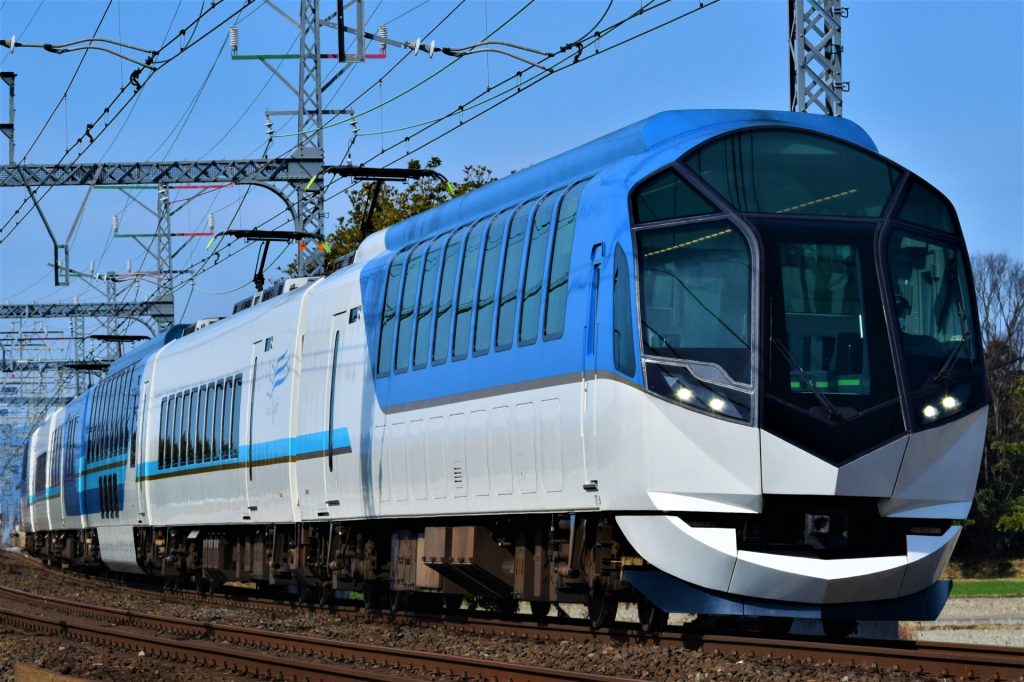

Address: 1 Ujitachi-cho, Ise City, Mie Prefecture 516-0023
For travel inquiries and quotations, please click below.
